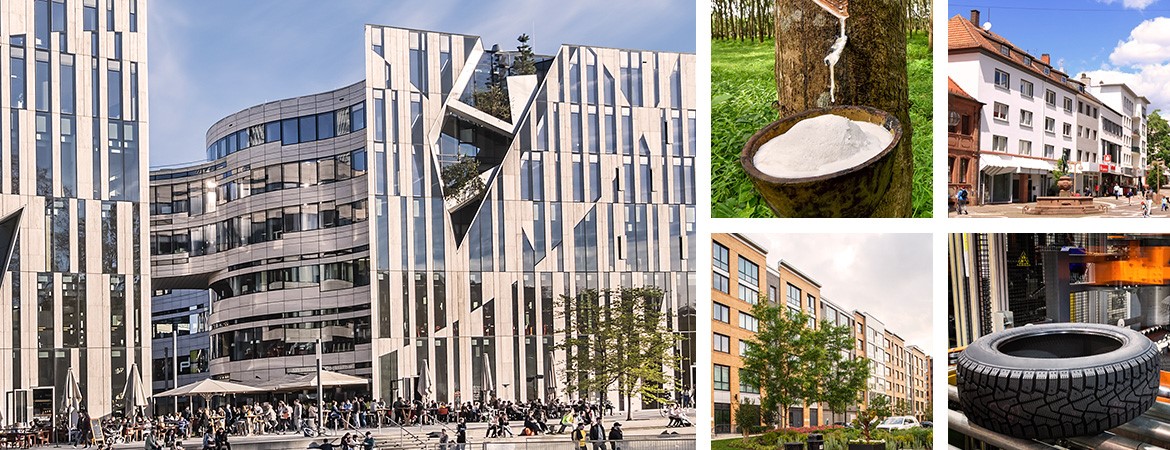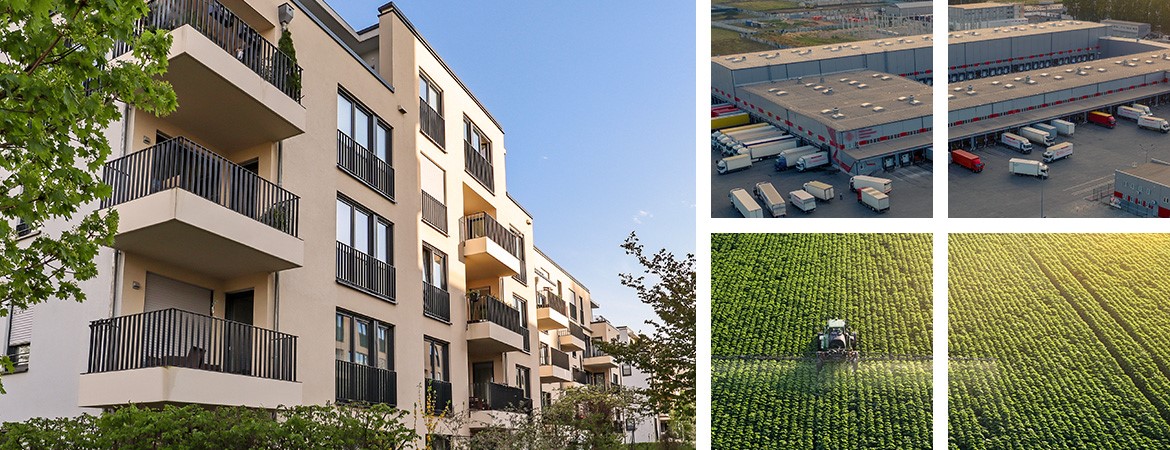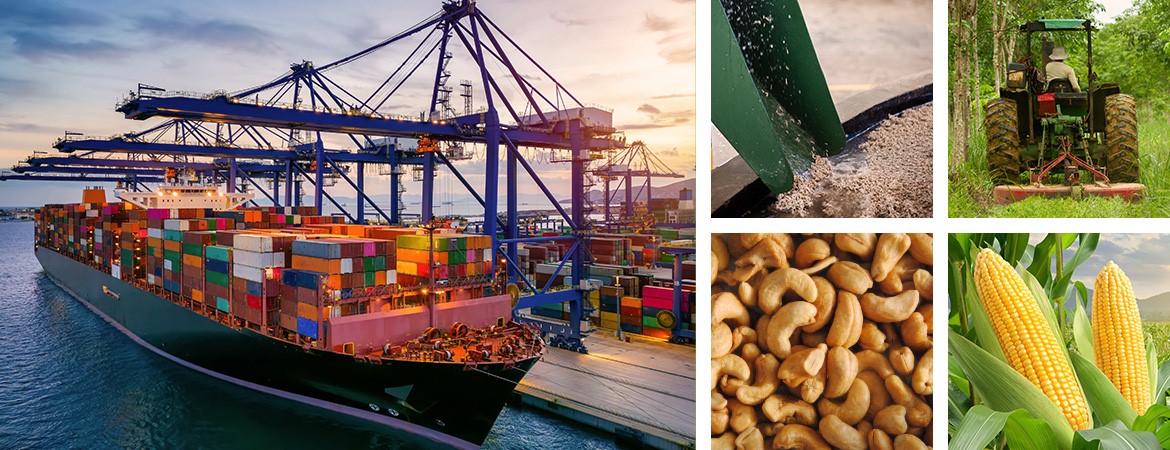








TIMBERFARM’s rubber factory GRAN PIEDRA, whose construction was launched and financed with interested clients, investors, and partners, concludes the rubber production cycle. In the modern factory near Panama City and the Panama Canal, the ever-increasing harvests of the local TIMBERFARM and PANARUBBER rubber plantations are processed. Unprocessed natural rubber from Africa is also processed here to industrial rubber.
The processed rubber is either sold directly or indirectly through commodity marketplaces to the downstream processing rubber industry, namely the automobile and tire industries.
When the GRAN PIEDRA rubber factory went into operation, the door was opened for TIMBERFARM to the global rubber market where up to US$ 100 billion dollars are transacted annually.
Thanks to the GloReg trade department, which is specialized in acquiring unprocessed natural rubber regionally and globally and trading internationally with industrial rubber and other agricultural commodities, TIMBERFARM is participating in this profitable trading market and, at the same time, is making full use of the GRAN PIEDRA rubber factory.
In the first phase the GRAN PIEDRA rubber factory is geared to processing so-called cup lump rubber to standardized TSR products. Cup lumps are smaller coagulated clumps of natural rubber. They form when liquid latex flows during tapping into a container at the end of the grove and nothing prevents it from coagulating such as the addition of an ammonia solution.
Before tapping can take place again on a rubber plantation, the containers are emptied. The collected cup lumps are brought either directly or after temporary storage at a collection point to the factory for further processing.
TSR products are standardized intermediate goods which are mainly used in the tire industry.
Manufacturing them is technically straightforward and is done mainly mechanically. Depending on the specification, a distinction is made between different purity levels. In the production of TSR 10 or TSR 20 products it is mainly about processing the delivered cup lump natural rubber through intense machine washing, shredding, and drying processes. The result is pressed rubber balls that have to meet certain standards for grain size, purity, durability, and form to be packaged, labeled, and palletized correctly to get to market.
The GRAN PIEDRA rubber factory has a maximum annual processing capacity of 30,000 tons of natural rubber. That corresponds roughly to the rubber production on an area of 10,000 hectares.
Arrangements for ways to expand, such as to accommodate larger annual amounts of rubber or activities for the additional processing of liquid latex or to more complex standard products, were already considered in the construction.
TSR rubber is a rubber standard which is traded on all the important commodity markets and stock markets. When it comes to marketing its product, TIMBERFARM has unlimited access to these markets.
To ensure a certain continuity in sales, TIMBERFARM prefers close cooperation with selected bulk purchasers. For potential cooperation partners the focus is on delivery reliability in addition to guaranteed quality standards.
Given that a large tire manufacturer quickly uses over 100,000 tons of natural rubber annually, there is great interest in partnering with a professional industrial rubber operation which can provide up to 30,000 tons in the mid-term.
For European and North American companies, the TSR products from Panama are especially interesting because of lower transport costs. Procuring rubber from Southeast Asia is becoming more and more difficult and expensive because production there is increasing being absorbed by fast-growing regional markets. Added to that is the fact that companies which manufacture products for the end consumer like tire manufacturers, for instance, tend to partner more with rubber producers who can guarantee a sustainable working method along a preferably long stretch of the value-added chain.